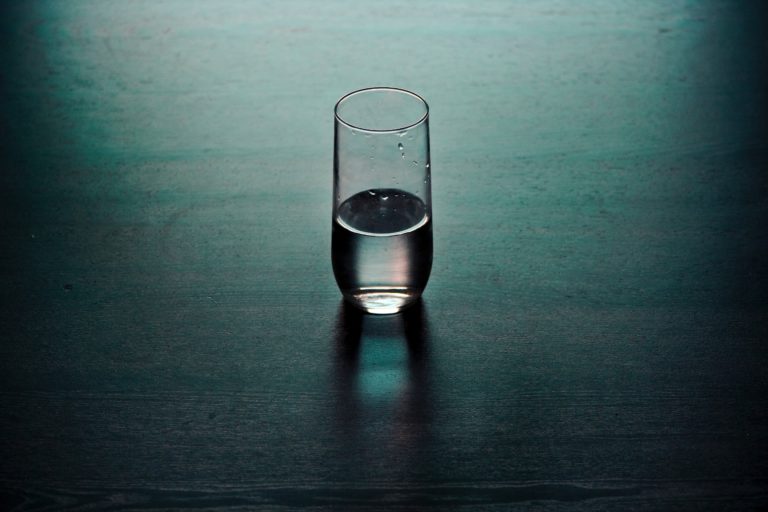
Co-written by Marc Yaggi and Gabrielle Segal
In 1996, plaintiffs settled the infamous Erin Brockovich case against Pacific Gas and Electric (PG&E) for contaminating drinking water with the carcinogen hexavalent chromium. Hexavalent chromium entered Hinkley, CA’s drinking water from the waste of a PG&E industrial site and was linked to high rates of cancer in the town. The case was widely reported and became the hit movie, Erin Brockovich, shining a spotlight on the toxic contaminant and spurring greater public awareness. Yet a 2016 Environmental Working Group study of U.S. tap water — 20 years after the Hinkley case — found hexavalent chromium in the drinking water of 31 of the 35 states tested. That means more than 200 million Americans still have potentially unsafe levels of hexavalent chromium in their tap water.
Hexavalent chromium is a known carcinogen and is classified as so by Environmental Protection Agency (EPA). EPA’s current drinking water standards are based on the known health impacts of total chromium, a combination of the non-toxic, naturally occurring trivalent chromium and carcinogenic hexavalent chromium, rather than based on hexavalent chromium alone. These standards were set so long ago that they don’t take account of what we’ve learned over decades about the dangerous hexavalent chromium. Despite clear evidence that hexavalent chromium is extremely dangerous, EPA has abdicated its mandatory duty to review and revise safety levels for this contaminant.
In addition to this regulatory failure, in 2010, EPA determined that existing standards for the solvents tetrachloroethylene (PERC), which can cause numerous health problems including cancer from long-term exposure, and trichloroethylene (TCE), also known to be carcinogenic to humans, should be revised to be more protective of human health. In 2017, EPA reached the same conclusion for eight more contaminants: chlorite, cryptosporidium, haloacetic acids, heterotrophic bacteria, Giardia lamblia, Legionella, total trihalomethanes, and viruses. But EPA has dropped the ball and failed to revise its regulations to protect people from these dangerous contaminants.
In fact, EPA has done little to revise drinking water regulations since the Safe Drinking Water Act was passed in 1974. The Act, which applies to public drinking water supplies throughout the nation, set standards for drinking water that EPA is mandated to uphold. These obligations include “identifying unregulated contaminants for monitoring and/or regulation, regulating those contaminants, and reviewing and revising existing drinking water regulations.”
Tens of millions of Americans who obtain their water from public water supplies may not realize that they are drinking water from our lakes, streams, and rivers. When contaminants like those mentioned above contaminate our waterways, they also wind up in our tap water. That is why it is vital that we have community-based advocates, like Waterkeepers, to ensure that regulators and utilities test for these contaminants, and when they are found, treat the water to remove them before it is delivered to homes across the country, while also investigating and eliminating the source of the problem. At the same time, we need EPA to do its job to set and revise science-based standards for drinking water contaminants.
On November 15, 2018, Waterkeeper Alliance, Waterkeepers Chesapeake, and California Coastkeeper Alliance, represented by Super Law Group, notified EPA of our intent to sue the agency under the Safe Drinking Water Act because it has missed mandatory deadlines for reviewing and revising aforementioned drinking water contaminants. Our notice gives EPA 60 days to perform its obligations and comply with the law. If EPA fails to do so, we will have to take the agency to court to force it to fulfill its mission to “protect human health and the environment.”